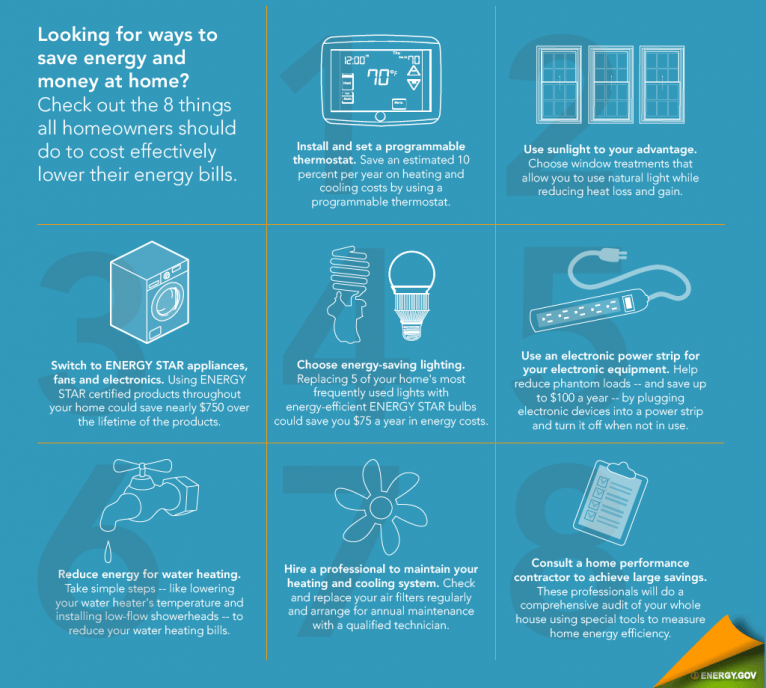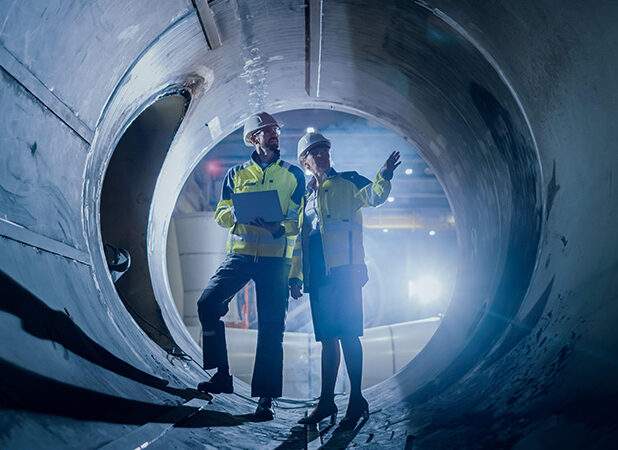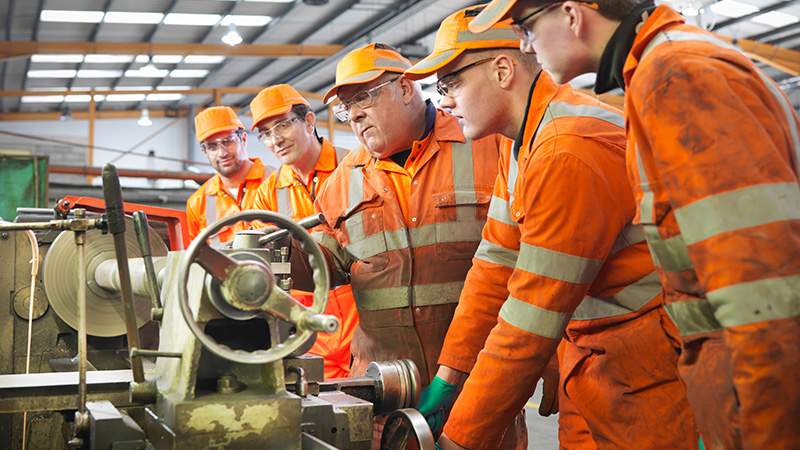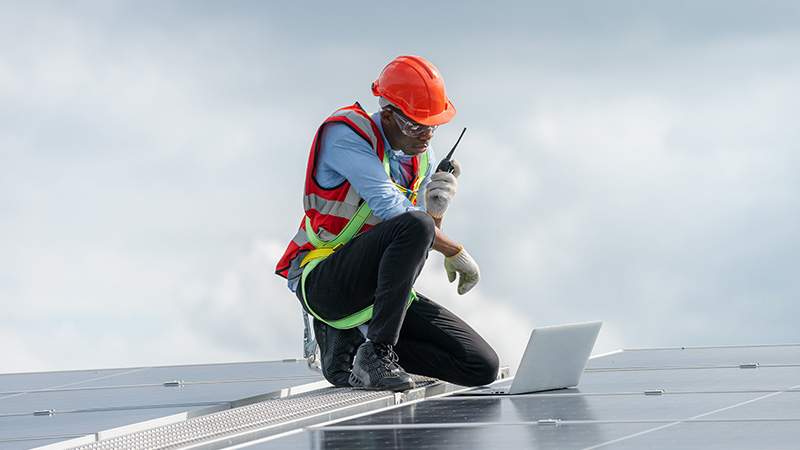Life as we know it today would be inconceivable without the invisible yet indispensable force that powers our world. This force, known as electricity, enables everything from daily household chores to expansive industrial processes.
The Science Behind Electricity
The force we are talking about is essentially the flow of electrical charge. It’s a secondary form of energy generated from primary sources such as fossil fuels, nuclear power, or renewable resources like solar and wind.
From Generation to Consumption
The process of power generation often involves transforming mechanical energy into electrical energy. Facilities known as power plants use this process, creating an electrical current that is then distributed for use.
The Journey of Electricity to Our Homes
The energy we use at home undergoes a remarkable journey from power plants, traveling via an interconnected network known as the electrical grid.
Responsible Consumption
With the wide-reaching impact of this power, it’s essential to use it responsibly. Choosing energy-efficient appliances, limiting the use of power-hungry devices, and exploring renewable energy sources are crucial steps in responsible consumption.
As we advance into the future, our reliance on this form of power will likely continue, if not increase. With evolving technologies, we can anticipate cleaner, more efficient power generation – a step towards a sustainable future.
This infographic shows some ways we can save electricity at home. This ultimately helps the planet and our wallets.

Conclusion
In conclusion, understanding the role of this essential power in our daily lives and future provides an important perspective. It’s indeed the unseen force that powers our lives and drives progress.
Frequently asked questions
At its core, electricity is the flow of electrical charge or power. Sources that generate electricity include primary sources like fossil fuels, nuclear power, or renewable resources such as wind and solar energy.
Electricity is produced in power plants and then travels to our homes via an interconnected network known as the electrical grid. This grid comprises power lines, transformers, and substations.
Responsible use includes opting for energy-efficient appliances, limiting the use of power-hungry devices, and considering renewable sources for power generation. These steps contribute to more sustainable consumption.






